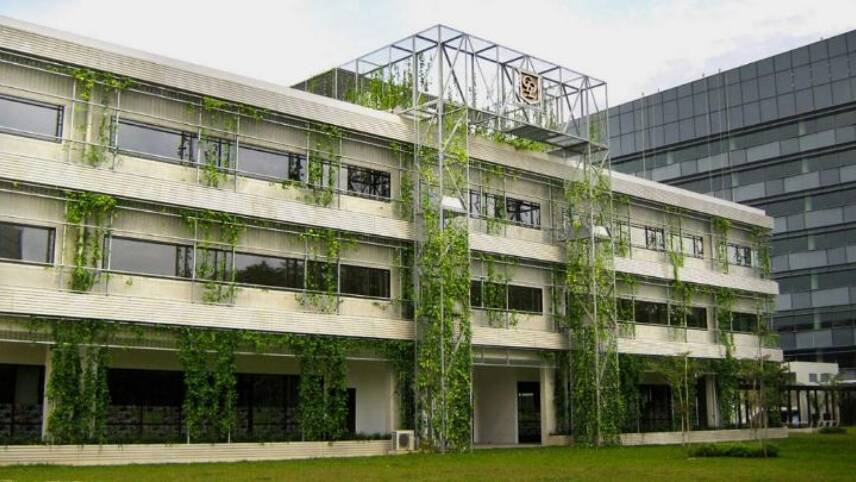Register for free and continue reading
Join our growing army of changemakers and get unlimited access to our premium content

Pictured: 11 Tampines Concourse
The Singapore-based firm had already set 2C-aligned science-based targets for its direct (Scope 1) and power-related (Scope 2) emissions in 2018, prior to announcing its net-zero vision in February. At the time, it promised to increase targets in line with 1.5C. Once firms announce plans to set targets, the SBTi gives businesses a 24-month window in which to develop targets and achieve verification.
CDL has this week confirmed that new targets have been verified by the SBTi in line with 1.5C. The new targets include reducing Scope 1 and 2 emissions by 63%, on an intensity basis, by 2030. A 2016 baseline has been set. The company said in a statement that this is “a more stringent and aspirational goal” than the previous target, which entailed a 59% intensity reduction of Scope 1 and 2 emissions between 2007 and 2030.
As for indirect (Scope 3) emissions, CDL has a new target to deliver a 41% reduction in the intensity of purchased goods and services-related emissions by 2030. Again, there is a 2016 baseline. There is also a target to cut absolute Scope 3 emissions from investments by 58.8% within the same timeframe.
Residual emissions at 2030 will be inset or offset to bring CDL to net-zero. The business is following the World Green Building Council’s (WGBC) Net-Zero Buildings Commitment framework to reduce operational emissions and embodied carbon for new builds and existing buildings.
The SBTi is notably in the process of increasing the minimum ambition for corporate climate action from “well below 2C” to 1.5C. Any corporate that had targets approved in 2020 or earlier has until 2025 to update targets. As for new targets, the 1.5C minimum will come into effect from 15 July 2022.
The initiative is also expanding its new standard for corporate net-zero emissions aligned to climate science, launched in October.
“To tackle the climate emergency, businesses must set ambitious science-based targets and clear decarbonisation pathways,” said CDL’s chief sustainability officer Esther An.
“Having set our net-zero carbon goals under the WorldGBC Net Zero Carbon Buildings Commitment and having strengthened our SBTi targets, we will remain committed in driving green building innovations in the urgent pursuit of a low-carbon future, while creating value for our business and stakeholders.”
A recent stocktake by Net-Zero Tracker found that the share of revenues from listed firms with targets of some kind has increased almost four-fold within a year. Nonetheless, there is much to be done on making these targets credible, with many still excluding Scope 3 emissions and over-relying on offsetting.
edie Explains: Scope 3 carbon emissions
What are Scope 3 emissions? How are they calculated? How can they be mitigated and reduced? And, what are the business benefits of doing so? edie has recently published a new Explains guide that gives you everything you need to know.
The guide has been produced with assistance from supporting partners UL and explains everything you need to know about Scope 3 emissions. Click here to access your copy of the guide today.
Sarah George


Please login or Register to leave a comment.